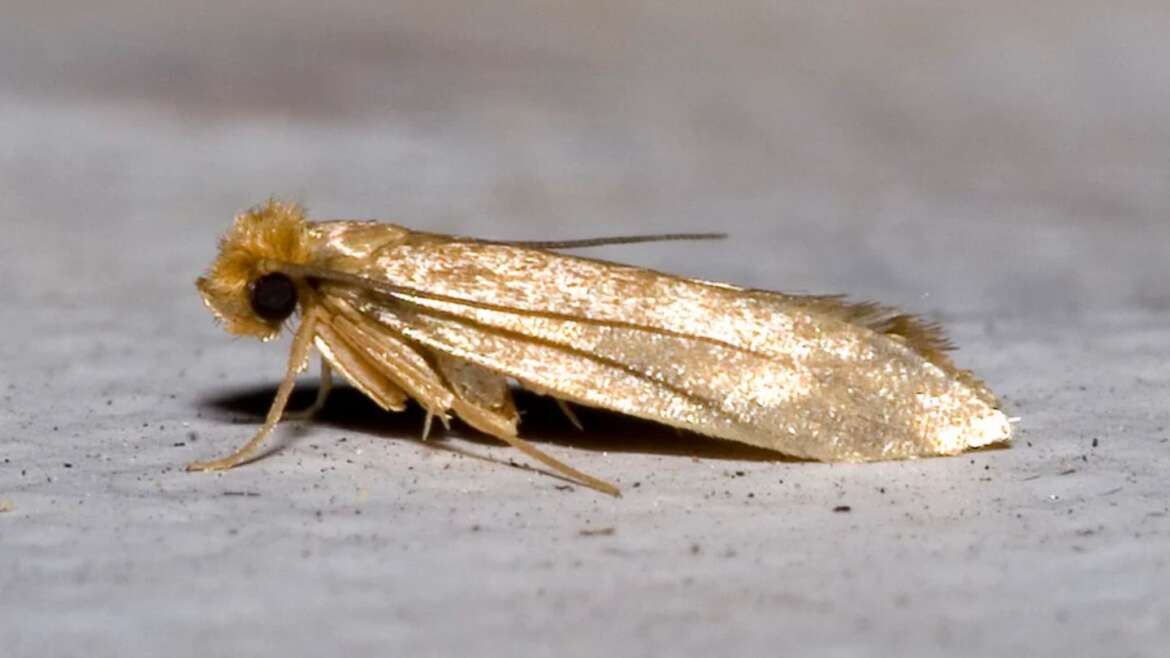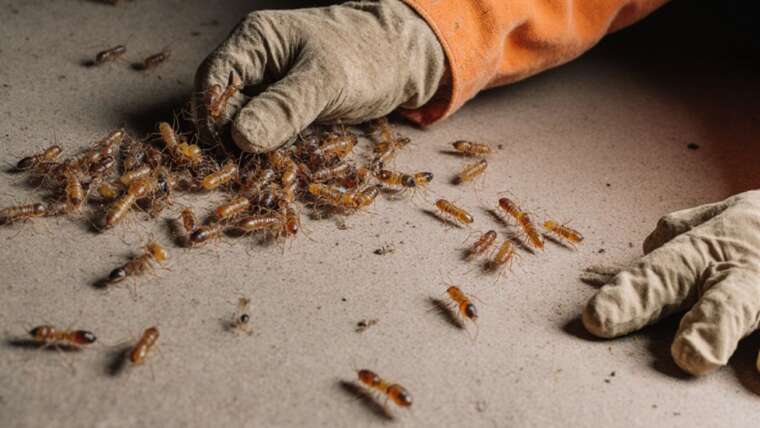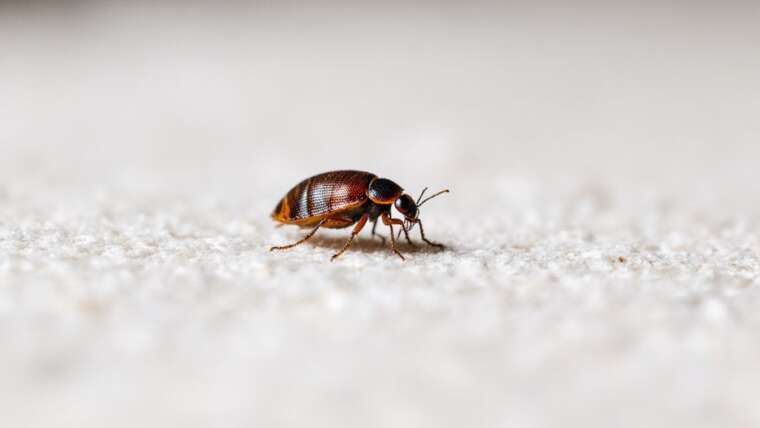It’s incredibly frustrating to reach for your favorite sweater, suit, or dress and discover that it has been ravaged by moths. These tiny insects, known for their stealthy behavior and insatiable appetites, love to lurk in your closet, putting your cherished garments at risk.
Where Do Clothes Moths Come From and Why Are They So Intent on Ruining Your Wardrobe?
It’s critical to understand that the infestation isn’t a personal attack on your belongings. Clothes moths are primarily drawn to environments with warmth and humidity where they can find fibers rich in keratin—protein found in animal hair, feathers, and skin.
Tip: Moths can also be attracted to the scent of sweat or food residues on clothing, making regular washing essential, even for items that haven’t been worn in a while.
Types of Clothes-Eating Moths
There are two primary species of moths that invade our closets:
- Webbing Clothes Moth (Tineola bisselliella): These moths are uniform in color and are the most common offenders.
- Casemaking Clothes Moth (Tinea pellionella): This species sports dark specks on its wings.
Both are less than an inch long, making them easy to overlook until serious damage has occurred. Notably, they differ from pantry moths, which are usually larger and bald.
Tip: If you suspect an infestation, use a flashlight to inspect your clothing closely; the larvae often hide in dark, undisturbed areas where damage may initially go unnoticed.
The Life Cycle of Clothes Moths
Adult clothes moths cannot damage your clothes themselves since they lack functional mouthparts. The real trouble begins when the female moth lays up to 300 eggs, often in hidden crevices of your wardrobe. These hatch into larvae that feed voraciously on your textiles.
Moth larvae may take anywhere from one month to three months to mature, depending on environmental conditions and food supply. In preparation for pupation, casemaking moths attach themselves to surfaces with silk, while webbing moths spin cocoons from silk.
Tip: Regularly clean your home and store items properly to disrupt the development cycle, particularly during the larval stage when they are most destructive.
The Damage Clothes Moths Can Do
The larvae of both species are notorious for causing damage to a variety of items that contain keratin:
- Natural fibers: such as wool, silk, and leather.
- Upholstered items: including furniture and draperies.
- Synthetic fabrics: especially those blended with wool.
- Dirty clothing: which may hold moisture from spills.
- Human or pet hair: found on items and in hidden corners.
Damage often goes unnoticed until holes appear, frequently in hidden areas like under collars or cuffs. Larvae may even feed on stray hair trapped in baseboards or beneath couches.
Tip: Conduct a seasonal audit of your wardrobe and fabrics to catch any hidden infestations early and mitigate damage before it becomes extensive.
How to Help Prevent Clothes Moths in Closets
Clothes moths can sneak into your home through various means—thrift store finds, storage items, or even when they fly in through open doors and windows. Understanding their entry points is vital for prevention.
Here are some effective strategies to keep moths at bay:
- Yearly Inspections: Check your clothing, especially those in storage, for signs of larvae and damage. Discard any irreparably damaged items.
- Thorough Cleaning: Vacuum your closets and drawers frequently to eliminate dust and lint where moth larvae might thrive.
- Regular Maintenance: Establish a routine to clean carpets, upholstered furniture, and pet bedding. Pay special attention to high-risk areas like under furniture and along baseboards.
- Proper Storage: Clean all clothing before storing it for any length of time. Use airtight containers or secure plastic bags to safeguard your apparel.
- Quality Purchases: When acquiring woolens or wool blends, consider products treated with moth-resistant compounds.
- Chemical-Free Alternatives: While cedar chests are widely believed to repel moths, they’re not foolproof. Explore alternative natural solutions like lavender sachets, which can also deter moths.
Tip: Keep an eye on items that frequently change locations within your home; items moved to storage might be more susceptible to infestation.
If you’re facing a persistent moth problem and preventive measures have failed, it may be time to consult with pest control professionals. Ensuring your cherished garments remain moth-free is achievable with the right approach and vigilance.





